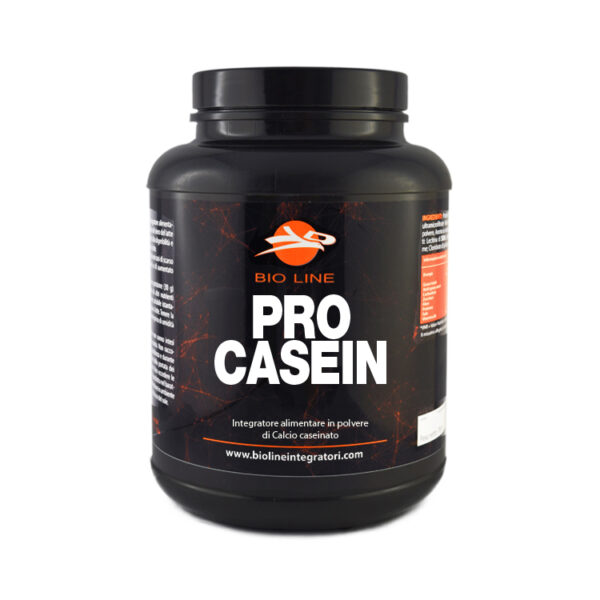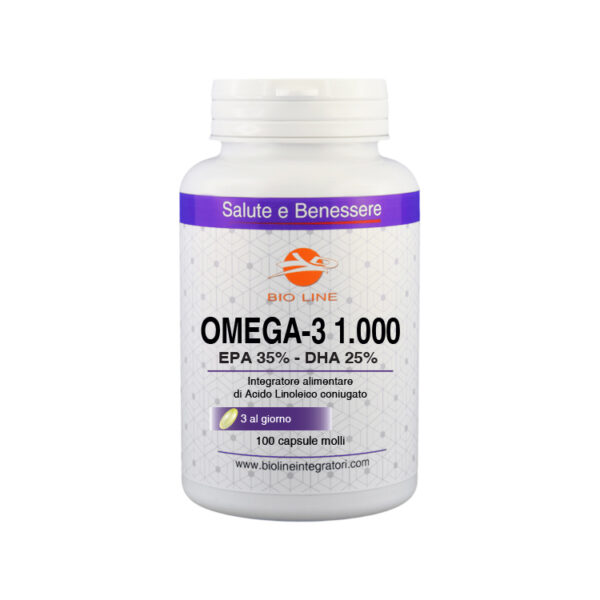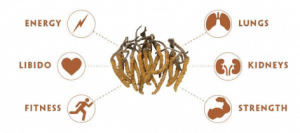SCOPRI LE NOSTRE OFFERTE

Whey Hydroteck pH Correct – Integratore in polvere di proteine idrolizzate del latte (Optipep®) con minerali e vitamine – Rapidissima assimilazione
Fascia di prezzo: da 0,65€ a 43,00€
Vitamin K2 Menachinone-7 – Integratore in compresse di vitamina K – Utile per il mantenimento delle ossa
Fascia di prezzo: da 14,80€ a 19,80€
Tiogen – Integratore in compresse di acido alfa lipoico, cannella e cromo
Fascia di prezzo: da 17,00€ a 32,90€
Red Fuel – Integratore in compresse di aminoacidi, caffeina, estratti vegetali e vitamine – Con sostanze utili alla riduzione di stanchezza e sostanze utili al metabolismo dei grassi
Fascia di prezzo: da 13,50€ a 21,90€
Ram 3 2:1:1 – Integratore in polvere di aminoacidi ramificati e vitamina B6
Il prezzo originale era: 17,50€.15,00€Il prezzo attuale è: 15,00€.
Pro Whey – Integratore in polvere di proteine concentrate del latte – Ottima assimilazione
Fascia di prezzo: da 23,30€ a 25,90€
Pro Casein Neutro – Alimento proteico in polvere di caseine del latte – Sostanza pura con lecitina – Lenta assimilazione
Il prezzo originale era: 39,80€.31,84€Il prezzo attuale è: 31,84€.
Pro Casein – Integratore proteico in polvere di caseine del latte – Lenta assimilazione
Il prezzo originale era: 43,50€.34,80€Il prezzo attuale è: 34,80€.
Pancake Proteico – Preparato proteico in polvere per pancake – Con albume – Ideale per la prima colazione
Il prezzo originale era: 23,00€.20,70€Il prezzo attuale è: 20,70€.
Omega 3 – Integratore in capsule molli di omega 3 – Utili per il controllo dei livelli di trigliceridi e della pressione sanguigna
Fascia di prezzo: da 16,50€ a 31,00€Pagamenti sicuri
Metodi di pagamento protetti e certificati
SPEDIZIONI GRATUITE
OLTRE 60,00 €







